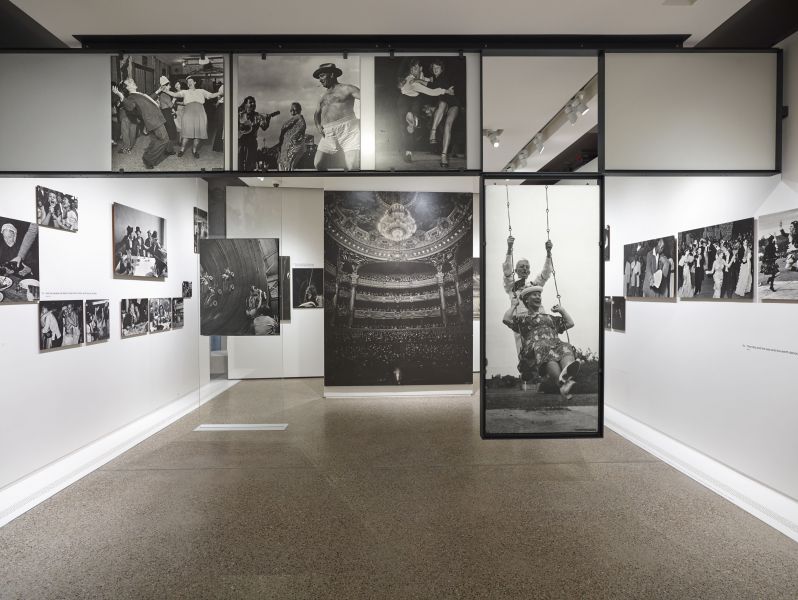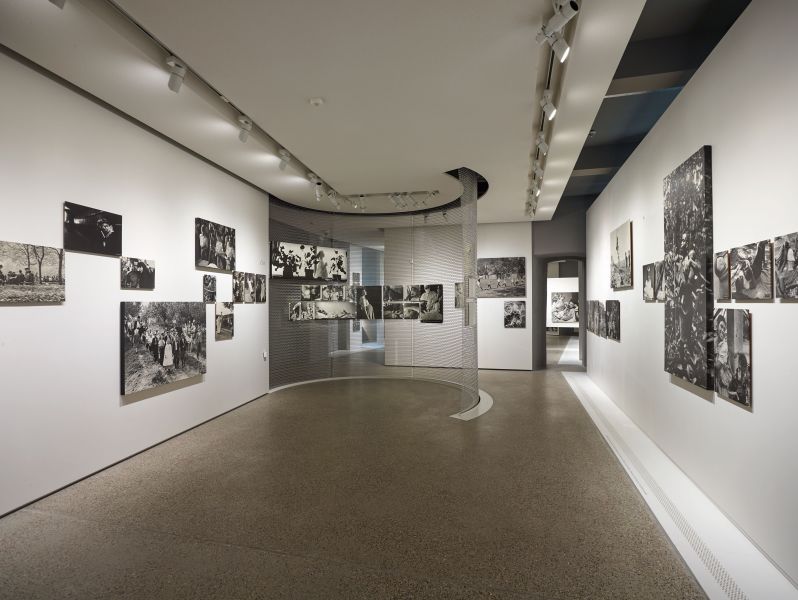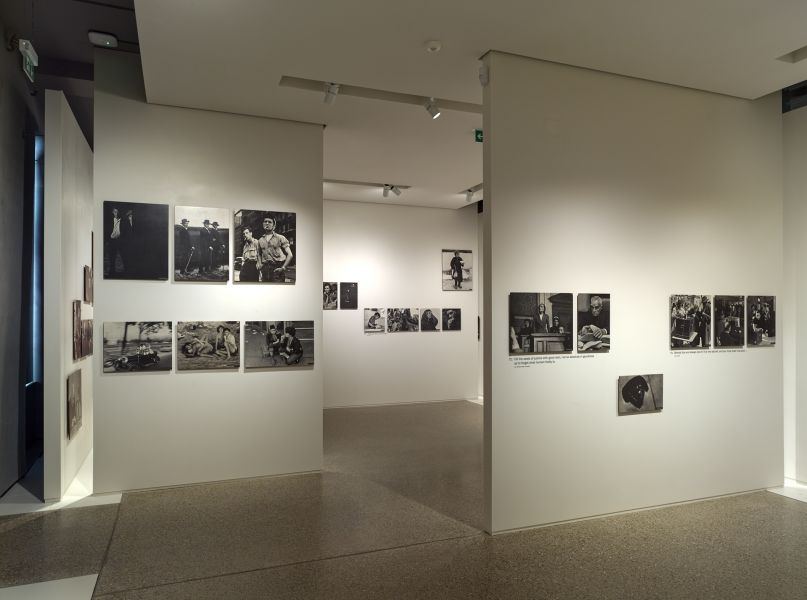[ad_1]
Often hailed as the most successful exhibition of photography ever put together, The Family of Man was displayed for the first time at The Museum of Modern Art in New York in January 1955.
An ambitious endeavor curated by Edward Steichen, the director of the Museum of Modern Art’s (MoMA) Department of Photography at the time, The Family of Man then toured the world for eight years to record-breaking audience numbers. According to Steichen, the showcase represented the ultimate culmination of his career.
The Family of Man featured a total of 503 images, all of which were described by Steichen with the following statement:
These photographs are a mirror of the essential oneness of mankind throughout the world. Photographs made in all parts of the world, of the gamut of life from birth to death.
Some 273 artists from 68 countries contributed to this incredible, timeless collection. More than half a century has passed since the first time Family of Man was displayed, yet it is still capable of drawing millions of visitors and prompting enthusiastic reactions to every single image.

How an Ambitious Exhibition Became a Thing of Legends
The Family of Man exhibition was initially conceived as a manifesto for peace and the fundamental equality of mankind.
Keeping that goal in mind, Edward Steichen decided to achieve the desired effect through the humanist photography of the post-war years.
As this ambitious idea got more and more support, photographs by famous artists such as Robert Capa, Henri Cartier-Bresson, Dorothea Lange, Robert Doisneau, August Sander and Ansel Adams started flocking in.
These photos were staged in an unprecedentedly modernist and spectacular manner in January 1955, after which the presentation toured the globe. The show has on view in over 150 museums worldwide until 1994, after which the complete version of the exhibition was permanently installed in Clervaux Castle in Luxembourg, Edward Steichen’s home country. Although no one saw that coming at first, the show by far outlived its curator[1].
Edward Steichen – The Family Of Man
Restoring Edward Steichen’s The Family of Man Exhibition to its Former Glory
The Family of Man is composed of original prints dating from 1955, all of which are in black and white and are glued onto wood frames. Needless to say, these photographs have endured a long and turbulent history. Being transported without packaging and handled around the world took its toll on the sensitive prints, which now bear a lot of marks.
With hopes of remedying past mistakes, a large-scale restoration campaign was taken during the 1990s. However, relatively soon after the process of restoring the images to their former glory was done, it became apparent that a subsequent restoration will need to happen sooner or later.
The second large-scale restoration period took place between the years of 2010 and 2013. Developments in science and tools used in photography restoration enabled a state-of-the-art treatment of the photographs, something that was simply not an option twenty years prior. As a result, a lot of the damage was dealt with[2] thanks to treatments such as cleaning, consolidation and retouching.

The Legacy of Edward Steichen and His Family of Man
Throughout its long history, The Family of Man never ceased to generate stories and instigate research. Originally, Edward Steichen through of it as a collection of snapshots conveying a message of peace in the midst of the Cold War. While the Family of Man collection still carries signs of this intent, visitor reactions over the years continued to reflect various impacts of these images outside of its original context. As such, these photographs remain relevant to this day.
Bringing the collection’s legacy even further is the fact some of its images went on to become icons of the history of photography. Edward Steichen himself saw Family of Man as the most significant work of his career, and is certainly his greatest curatorial work.
By relying on a manner that was both unusual and visionary at the time, the Family of Man collection summarized Steichen’s approach to photography and demonstrated his impressive understanding of museum settings. He chose the photographs according to their capacity of communication, while he also made a layout which allowed visitors to immerse themselves in what can only be described as a photographic essay.

Where to Find the Legendary Collection Nowadays
Today, this astonishing collection is archived and displayed at Clervaux Castle in Luxembourg. This is where Edward Steichen was born in 1879 and where the collection was first presented after the restoration of the prints in 1994. At Clervaux Castle, the images are now displayed in a way that follows the layout of the original exhibition at MoMA, recreating the original experience and the effects images had on viewers back in the day.
Since its creation, Family of Man has attracted over 10 million visitors. Such a wide exposure led to the collection getting listed on the UNESCO Memory of the World register in 2003.
Once described by the New York Times as a collection that “symbolizes the universality of human emotions”, there’s a strong case to be made that Family of Man really is the greatest photographic collection ever put together for a shared exhibition.
Editors’ Tip: The Family Of Man
Often referred to as the most successful exhibition of photography ever assembled, The Family of Man opened at The Museum of Modern Art, New York in January 1955. This book, the permanent embodiment of Edward Steichen’s monumental exhibition, reproduces all of the 503 images featured on that historic day.
References:
- Whitman, A., March 26, 1973, Edward Steichen Is Dead at 93; Made Photography an Art Form, The New York Times [Jul 5, 2018]
- Dunmall, G., Jul 5, 2013, Double exposure: photography’s biggest ever show comes back to life, The Guardian [Jul 5, 2018]
Featured image: The Family of Man Displayed at Clervaux Castle in Luxembourg © CNA & Romain Girtgen. All images used for illustrative purposes only.
[ad_2]
Source link
